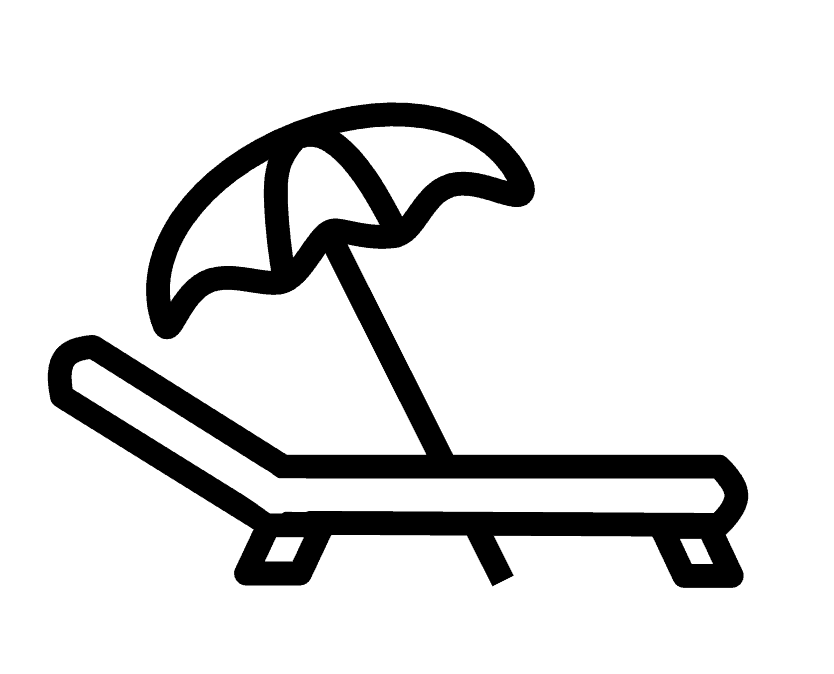Wikipedia defines a Pergola as ‘a garden feature forming a shaded walkway, passageway, or sitting area of vertical posts or pillars that usually support cross-beams and a sturdy open lattice’. They are open, airy structures that are very popular additions to outdoor space adding an extra aesthetic that can be tailored to your own requirements. Their primary aim, however, is to add shade.
A Pergola works by utilizing the rafters and /or battens, that create the ‘open lattice’ structure, to create shade, whilst still maintaining a free flow of air. These horizontal rafters/battens may or may not be integral to the strength of the structure and maybe in place purely for the shade that they can offer. For me, being clever with my initial Pergola structure will avoid me needing to add temporary shade in the peak summer weeks and then removing it when I want to enjoy the same space with winter sun.
Check out How to Cover a Pergola for Shade for other variations beyond the basic structure.
It is often assumed that a basic Pergola does not offer any shade and that having installed the structure you still need to add additional shade. NOT necessarily!
Clever layout and Frame Dimensions
The construction of pergolas will offer an amount of shade purely through the clever use of the construction elements (posts, rafters, battens, etc). By adjusting the dimensions of these elements it is possible to create additional shade depending on when you are most likely to use the space.
e.g. If you have a long narrow pergola along the western side of your house then in the evenings the rafters and battens may not provide much shade, as the sun will be too low, but the posts/pillars would still be effective.
If you had a freestanding pergola that you hope to use for lunch then having it orientated in a north-south direction will provide the best shade and then if you consider the sizes of battens and rafters and their angle to the sun you can change the amount of shade.
Why do Pergola Rafter / Batten dimensions matter?
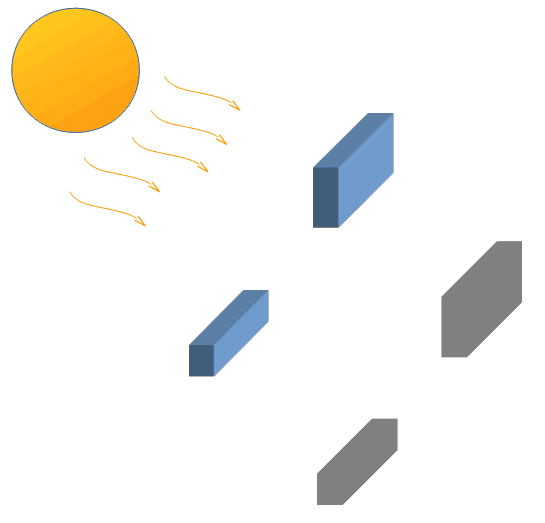
These two crossbeams have the same length and width but have different heights. As you can see, when the sun is anything but directly overhead they will cast different size shadows.
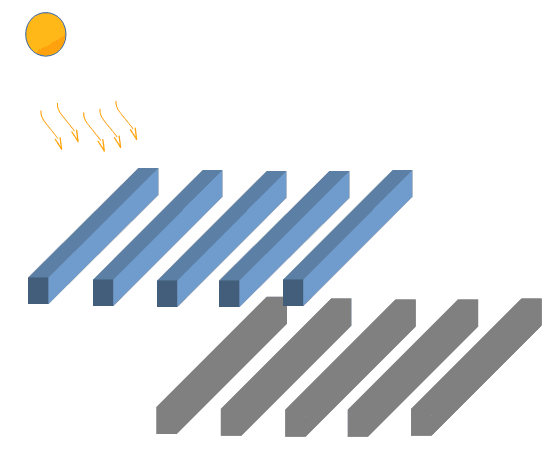
A Pergola’s crossbeams can offer a significant amount of shade whilst, unlike a solid roof, still allowing the free flow of hot air to rise up.
The crossbeams may be structural (required for the strength and stability of the pergola) or not depending on the design. In some cases, there is only a ring frame, rafters linking the posts together at the top, and the crossbeams are only for shade/decoration.
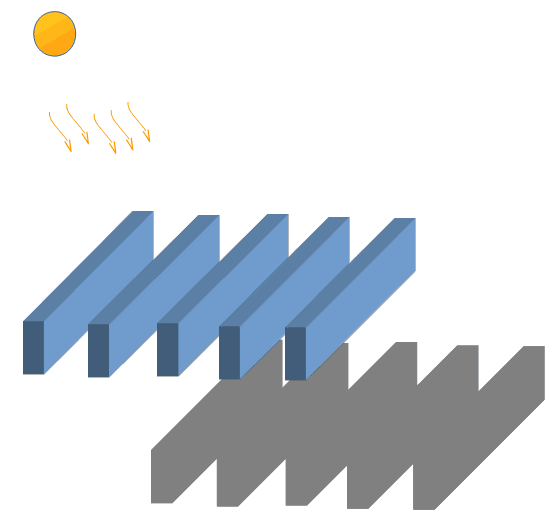
When you adjust the height dimensions of the crossbeams/rafters you can dramatically increase the amount of shade whilst still maintaining the same amount of free-flowing air.
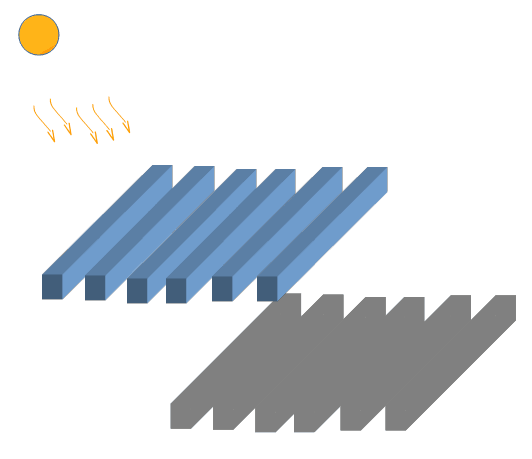
You could also add extra crossbeams/rafters to get the same amount of shade but you reduce the space where the hot air can rise.
In most cases, there will still be plenty of airflow, but you are also reducing the amount of indirect light, as you get closer to a solid roof.
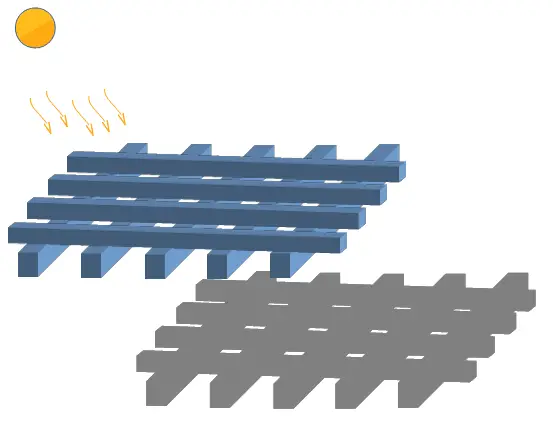
Instead of adding more crossbeams/rafters you could add battens (these are usually non-structural and low strength) to make a grid/lattice. This is particularly beneficial when the pergola is to be used when the sun is directly overhead and the height dimension of the beams has less effect.
Additional Shade or Not?
My preference is to eventually have some vines growing up and over the structure, and these will then drop there leaves in the winter so I can still benefit from the winter sun.
I also do not want a large surface area that is created by adding non-structural crossbeams or battens that will make the structure more susceptible to being overloaded with snow and/or require more maintenance.
For these and other factors for you to consider then check out How to Cover a Pergola for Shade: Lots of different options! or How to Attach Shade Cloth to cover a Pergola.
